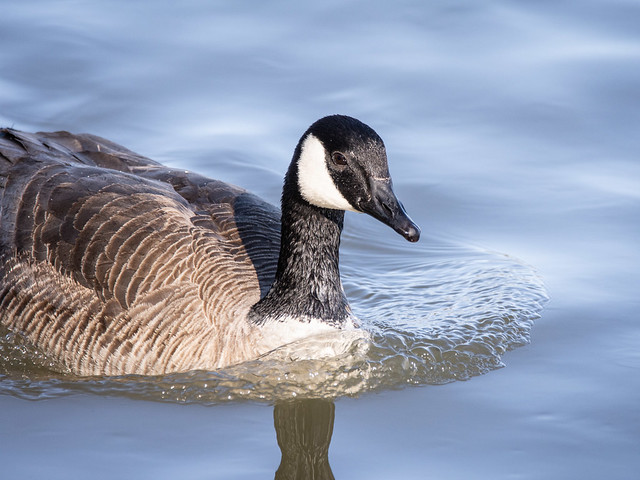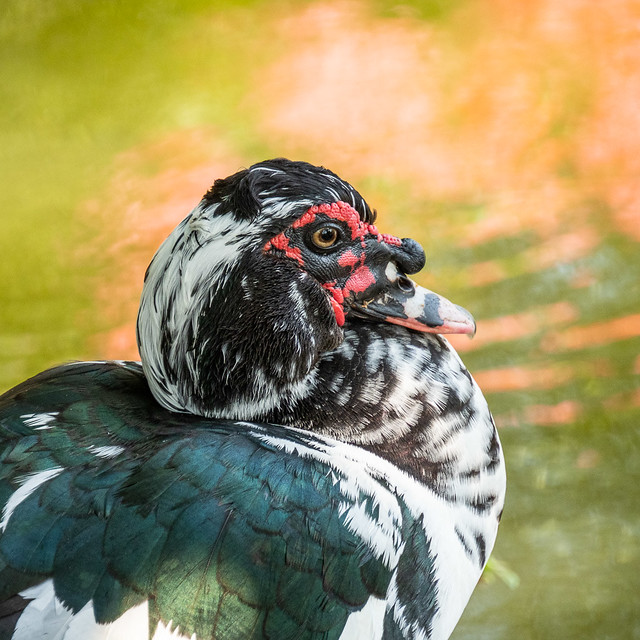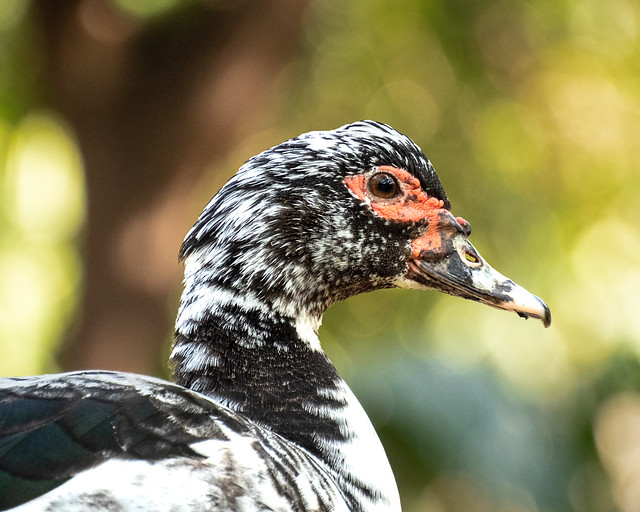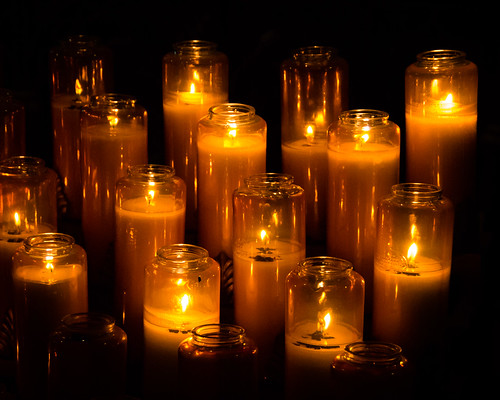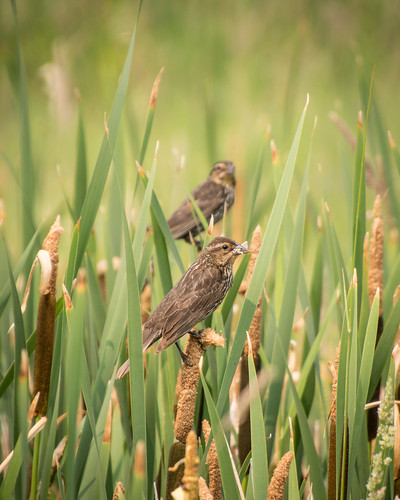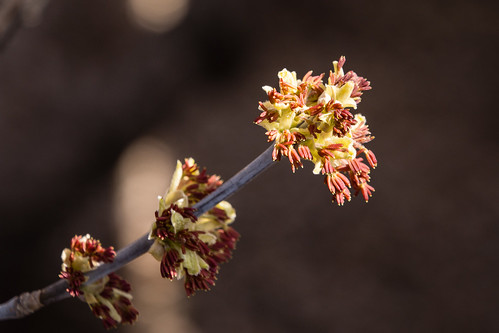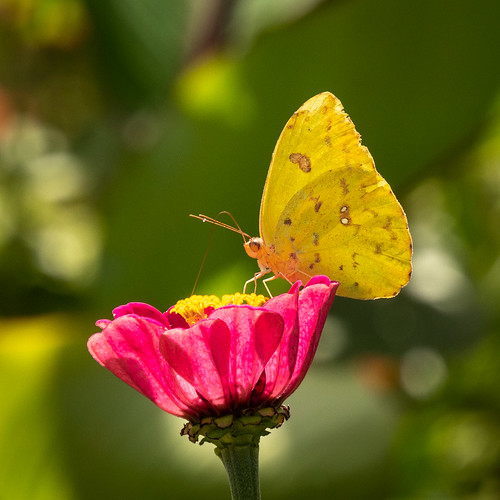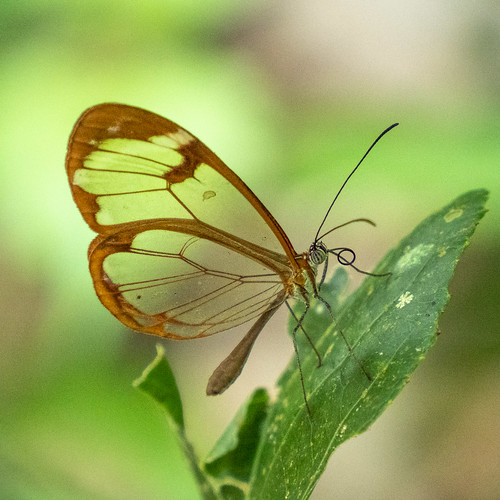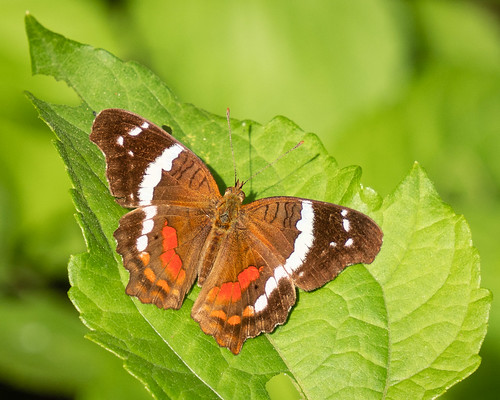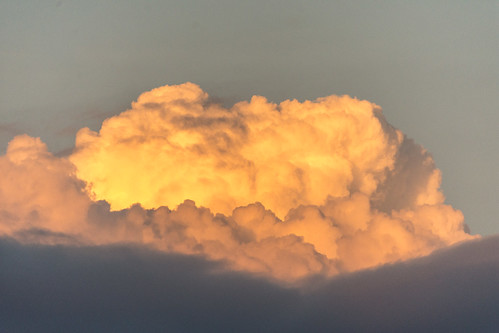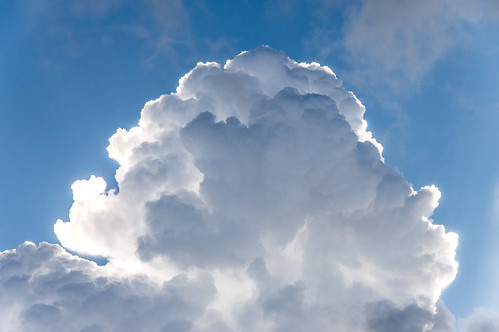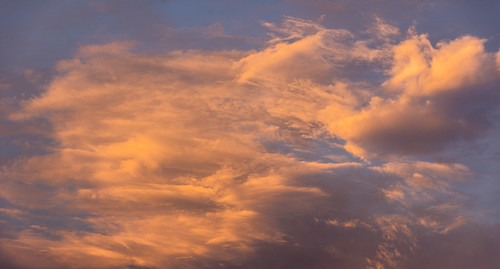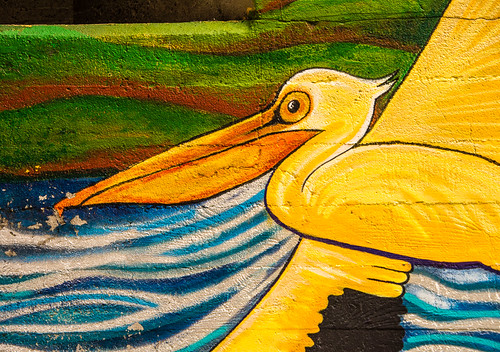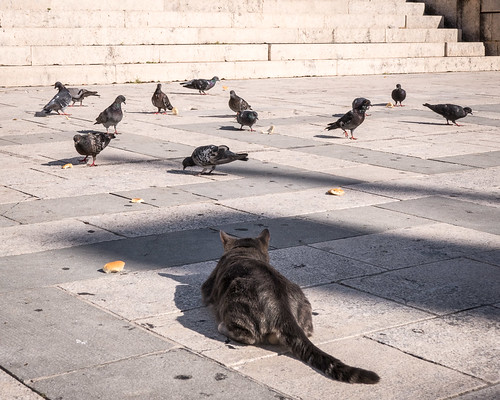“The life of ecosystems is based on the relationships between their constituent elements. It is this characteristic of interdependence which makes the equilibrium of these relationships fragile, and requires that ‘every living being, human or not, make space for the others – who we need to survive – so that they too may flourish.’” (Andreas Weber)
Local News
Martin Boucher will host a discussion of Covid 19 and the energy transition at an online breakfast meeting of the Saskatchewan Energy Management Task Force on Apr. 1.
Erin Bayne will discuss how many birds we kill, directly or indirectly, in a noon-hour webinar on Apr. 2.
Want to learn more about the SES Solar Co-operative and its newest, largest venture? Check out a video of the March 26 online information meeting.
Online Resources
Enjoy live birds and children’s stories in a Facebook Live event every Tuesday at 11 am hosted by The Raptor Centre.
Sask Parks has launched a new online program at 10 am, Mondays, with questions, activities, outdoor ideas, or recipes to enjoy with your family.
Fridays For Future is posting weekly webinars. The first one is with Naomi Klein and Diarmid Campbell-Lendrum.
A half-hour digital lesson on what makes beavers so special from Ben Goldfarb, author of Eager: The Surprising, Secret Life of Beavers and Why They Matter.
The Covid Conundrum
Effective stimulus to address both economic and climate emergencies will be timely, targeted, and temporary.
How can we design longer-term funding packages to help the oil and gas industry make a transition?
“Before this crisis, we took our parks for granted. . . . Now it turns out we need our parks like we need food: for basic survival. When the virus passes — and it will — let’s remember it was our parks that enabled us to endure this crisis.”
“We are a part of the biosphere and as we blunder into ecosystems we must be mindful of the greater systems that we are all a part of. A tweak to one part of the network can have far reaching consequences (good or bad) for us all.”
Serious Stuff
Can electric tractors overtake diesel?
“Next-generation solar modules offer a lot of potential but might be more toxic than we expect.”
87-350 million birds are killed by vehicles each year in the US, even when the birds obey the speed limit.
Curious?
Your nose is the best biosensor on the face of the earth.
Did all plant life evolve from algae 5 times older than the oldest dinosaur?
“In Ethiopian orthodox teaching, a church – to be a church – should be enveloped by a forest.” [short video]
Understanding cells’ rhythms – from circadian clocks to precisely dividing into two daughter cells. [short, colourful video]
Just for Fun
“Every day, members of the Cloud Appreciation Society publish images of clouds from the four corners of the world.”
Salisbury Cathedral: a 5-star hotel for peregrine falcons.
Bringing the outdoors inside – the best nature documentaries on television now.
EcoSask News is a weekly round-up of local news and events. Email us if you have items you would like us to include.
You can follow EcoFriendly Sask by liking us on Facebook, following us on Twitter, or by email (top right corner).
